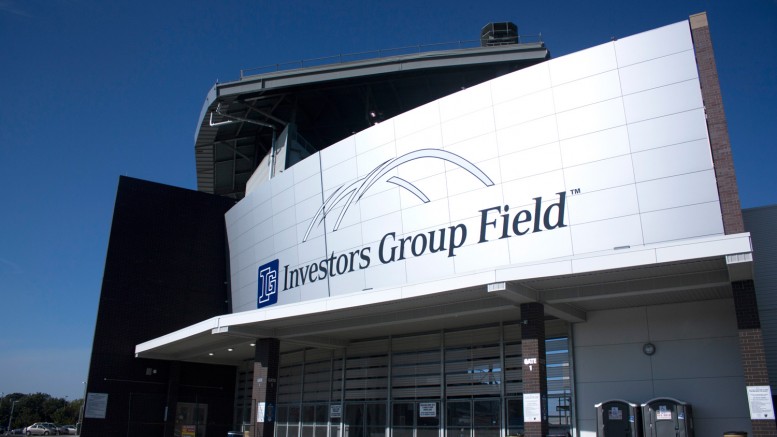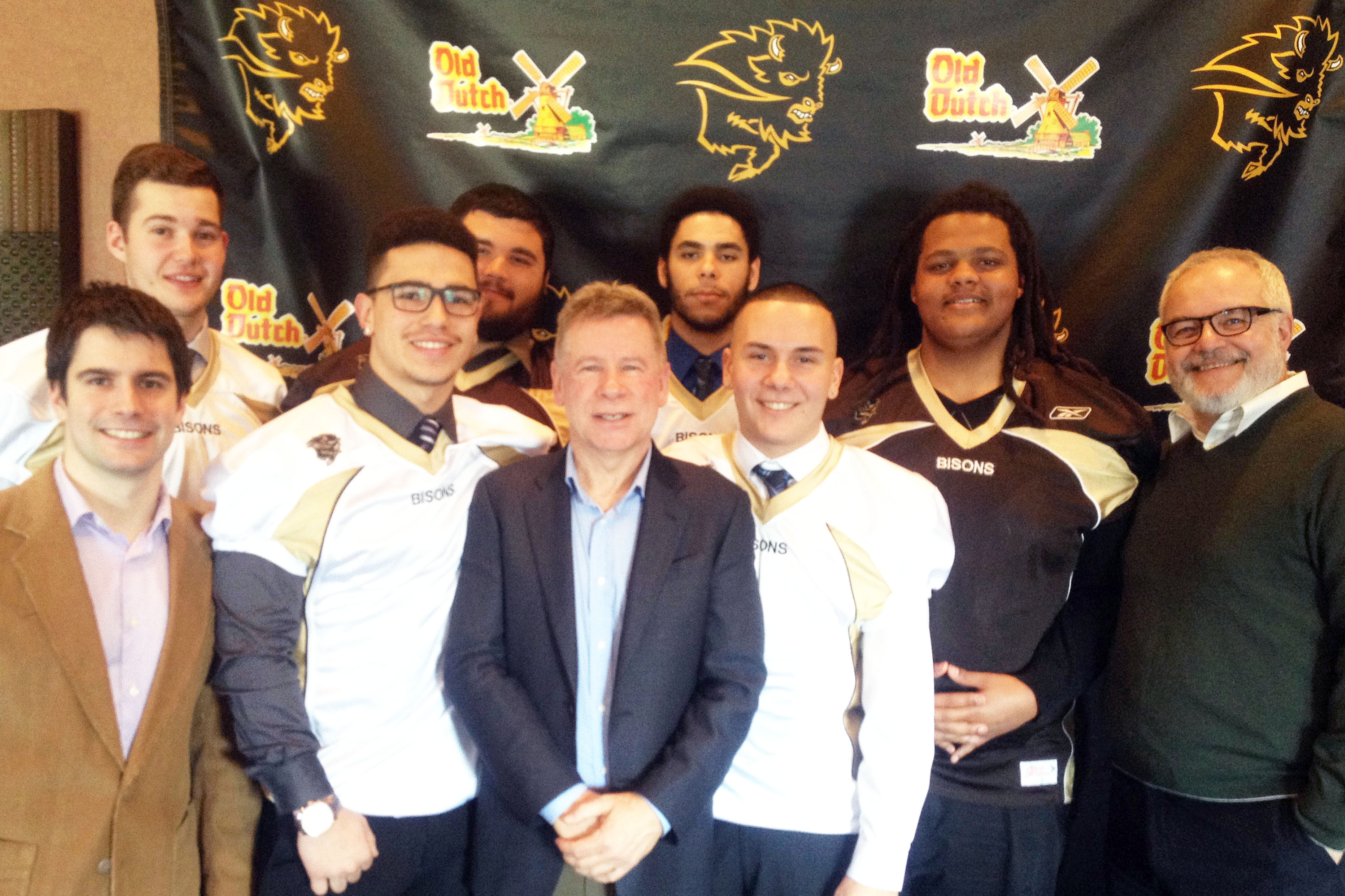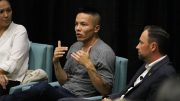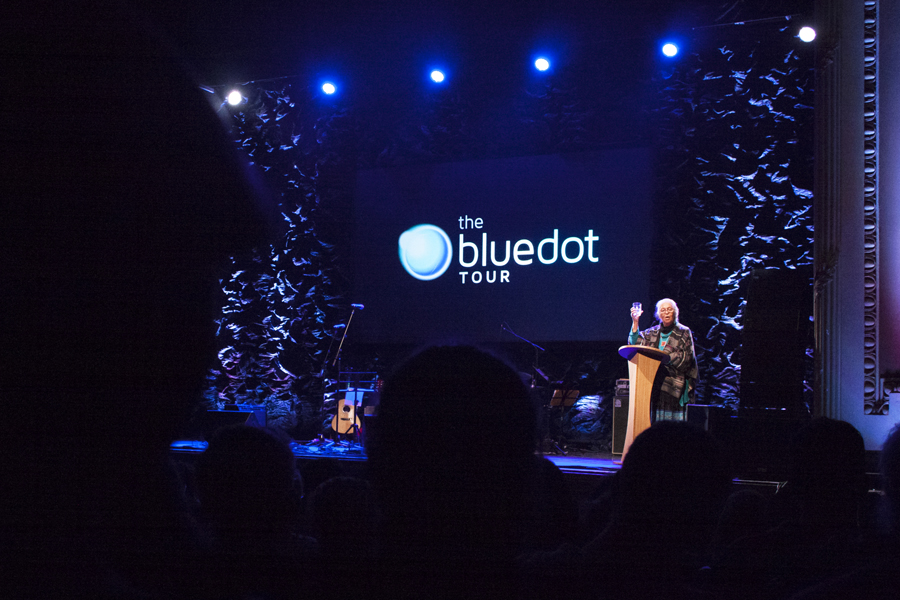In September 2013, the University of Manitoba Bisons football team played their first ever home game in the newly built Investors Group Field (IGF). The field has a capacity of 33,422, but the Bisons saw only 6,435 fans come out to support the herd. Unfortunately, that number is the most that Manitoba has ever had come out to watch a Bison game at IGF.
So far in 2015, numbers have been low again. A total of 3,291 fans came out to Manitoba’s home opener, and the following week only 2,406 showed up for the herd’s matchup against University of British Columbia (UBC).
The university has 24,903 students enrolled full time for the fall 2015 term and with the addition of the sports and recreation fee this year, each one of those individuals gets in free for any Bison game on campus. With that knowledge, one would think it would be pretty simple to pack the stadium. But it’s not as simple as it sounds.
Roxanne Scarth, who’s responsible for marketing, sponsorship, and ticketing for Bison Sports, noted that there were staff and athletes set up all over campus during the first week of school, trying to educate and inform students about the new fee and the importance of coming out to support their fellow students.
“We had a lot of tables set up, such as in University Centre, and had athletes there, as well as Billy the Bison, to try and connect with the students one-on-one and create awareness about the fee,” Scarth said.
“Also, when [students] activate their passes at the Active Living Centre and get a sticker, they’re all being told again verbally.”
Bison Sports has also been working with the University of Manitoba Students’ Union (UMSU), using their resources to help advertise the free admission to Bisons games.
“With the students and the student fee, we’ve been relying on internal partners like UMSU to help with that communication,” Scarth said. “We’ve been using UMSU’s televisions to put [information on the athletic fee] on, and that kind of partnership.”
Bison Sports are making sure that students are aware. The rest is up to individuals to take the initiative and show up.
Working with a budget
Bison Sports’s ability to promote athletic events is also hampered by their budget and number of staff.
“If you look at other schools, like the University of Alberta, or Calgary, or UBC, their athletic department, not including coaches, has about 12-15 core staff people. In Bison Sports, we only have six core staff people, so we have to look at what we’re able to do within our 35 hours a week that’s realistic,” Scarth said.
“We try to do our best, and we offer the best quality of entertainment that we can, but it’s hard to get to everything.”
Out of the three universities Scarth mentioned, UBC stands out.
They were in a similar boat in terms of fan attendance up until a few seasons ago, but a change in funding to the athletic department has helped. One strong example of this change was the 6,950 fans they had come out to their homecoming game this year, which is more than both of the Bisons’ first two home games combined.
“If you look at UBC, they’ve pumped a lot of money into athletics the last few years, so that also correlates to the university taking from, in my opinion, a huge backing and support of athletics,” Scarth said.
“That means other departments like student life, or residence, are also engaging and connecting. We’re starting to get there, but it’s going to take some time.”
Scarth also added that budget cuts, which came into effect this year, had a strong effect on the athletic department, which is included in the faculty of kinesiology and recreation management.
“Because a lot of our costs are fixed costs, because of travel, we had to look at other areas that we had to tighten up on,” Scarth said.
Despite the cuts, the faculty of kinesiology and recreation management is doing their best to make promising changes in order to hopefully get students more excited about heading to sporting events.
“Our dean, Douglas Brown, who’s a big supporter of sport and recreation, is working on a strategic plan for our faculty, to kind of get a business plan, to sort of bridge some of those gaps [in resources and funding],” Scarth said.
Structurally within Bison Sports, Scarth has also been happy with a number of things that have already been accomplished.
“We’ve gotten a new website, which has been really big, obviously IGF is another addition, and now the Active Living Centre, so we have some really great facilities that are coming to fruition which have been in the works for a long time,” Scarth said.
“Other things have also been working on, like getting a new Billy the Bison costume, working on marketing and branding with the university’s marketing and communications office, and trying to have a unified visual identity for Bison Sports.”
Importance of home-field advantage
While Bison Sports is working hard to create an optimal fan experience, it’s still up to the students and fans to do their part and actually show up.
Bison linebacker and captain DJ Lalama emphasized the importance of home field advantage.
“Football is the ultimate team sport, and momentum can change the pace of a series, game, or season. Fans can have a huge impact on the above,” Lalama said.
“IGF is the best facility in the country when it comes to football. We are a nationally ranked team, and the support at home would only make it tougher on opposing teams to come in and compete, while elevating our own levels of play while at home.”
Lalama also touched on the atmosphere that a large crowd helps create.
“When we travel to Montreal or Saskatoon and see 8,500 fans, it’s exciting. It brings up the energy from both teams, and makes the game what it’s supposed to be,” Lalama said.
“It creates an atmosphere where the home team often succeeds, and if not, at least gives them a distinct advantage. The students at U of M could very much impact our next two home games. Show up, and we won’t disappoint.”





